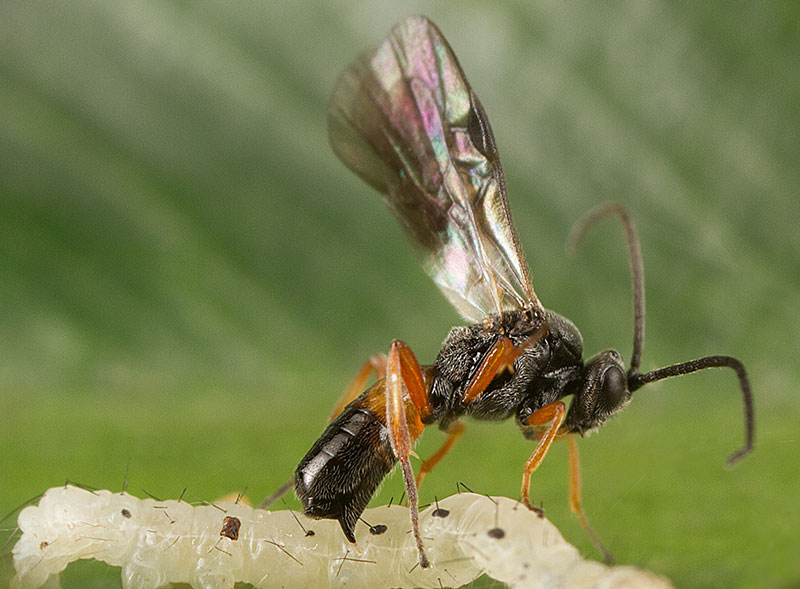.jpg)
There are many things you come to expect living in the Southern U.S. You can count on sweetened ice tea being available at every restaurant, there will always be festivals named after fruits and vegetables, and the weather after Easter will never make any sense.
You can also count on fire ant mounds appearing in late spring each year.
Imported black and red fire ants will impart on mating flights when temperatures begin to rise and typically following a heavy rain. Queens will land and form new colonies, laying around 2000 eggs per day.
The mounds seen on the surface of our lawns and fields are just a small portion of the ant colony where soil has been excavated to the surface. These colonies are unsightly and occasionally dangerous.
When debating how to handle a fire ant problem, the first thing you need to determine is what your expectation of control is. Do you need every single ant gone regardless of expense, or is it enough to just get rid of the unsightly mounds?
In some cases, it is reasonable to need every single ant gone. Consider a playground at a preschool, for example. In a situation where total eradication is warranted, insecticides with year-long control are available for around $200 per acre.
For larger areas like pastures and hayfields, we don’t need to get rid of every single ant. We just want to keep numbers down to a level we are comfortable with.
Treatments typically range from $20-$30 per acre and can be concentrated around areas where ants may have the most negative impact. The most economical controls for areas larger than one acre are baits.
Granular baits will achieve around 90% control when used correctly. In proper applications, they are broadcasted sparingly where forager ants will pick them up and carry them back to the colony. These should be applied twice per year, typically in spring and again in fall.
Be sure before broadcasting that the ants are actively foraging. The easiest way to know if ants are foraging is to drop something oily like a potato chip a few feet away from an ant mound. If ants are on the chip in 15 minutes, it is a good time to put out bait. Be sure your bait is fresh and only applied when conditions are dry.
Contact your local University of Georgia Cooperative Extension office for more advice on what fire ant control methods are right for your situation and specific chemical recommendations.






